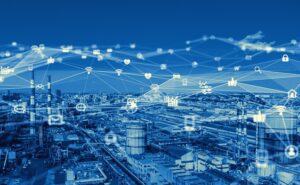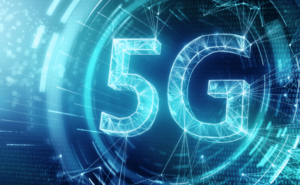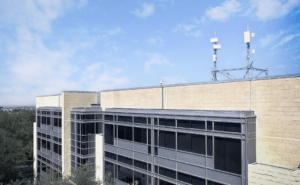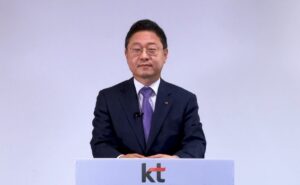by Mario Maniewicz, Director, ITU Radiocommunication Bureau
I am delighted to present to you this ITU News Magazine edition,
which contains articles and viewpoints on how space science and
technologies can be harnessed to accelerate the attainment of the 2030
Agenda for Sustainable Development.
Space assets and technologies can be used to support most, if not all, the United Nations Sustainable Development Goals (SDGs). Data
from Earth-observation satellites play a key role in most of the seventeen
SDGs to help monitor targets, plan and track progress, and help
countries and organizations make well-informed decisions as they work
towards SDG objectives to improve daily life on our planet.
Satellite data, images and information provide useful insights into tackling some of the major global development challenges including providing food security, reducing the risk of disasters, preventing humanitarian crises, monitoring natural resources, and reducing poverty.
A recent report by the United Nations Office for Outer Space Affairs
made the following observation, “For the 2030 Agenda for Sustainable
Development to be successful, the use of space services shall become
the norm. A global partnership is needed to ensure that countries are
fully aware of the potential of space to implement and monitor the SDGs, and to ensure that the needs of all countries are taken into account, reducing existing gaps, when designing and operating new space-based infrastructure.”
Ground-breaking advances in communication technology
Since the launch of the first satellite in 1957, we have witnessed ground-breaking advances in satellite design, manufacturing and launch service capabilities providing immeasurable opportunities for Earth observation, weather forecasting, remote sensing, global positioning systems, satellite
television, mobile communication systems and many others.
It is just over one year since we successfully concluded the World Radiocommunication Conference 2019 (WRC‑19) and paved the way for new, more innovative ways to connect the world through both terrestrial and space-based communication technologies.
Regularly updating the ITU Radio Regulations at each WRC is key to enabling advancements in satellite imagery and Earth resource
monitoring, space science and missions, meteorology, maritime
and aeronautical transport and safety, civil protection, and defence systems.
The decisions reached at WRC‑19 will enable the introduction of
new technologies, as well as the protection of existing services,
and will allow people and industries to benefit from the advances of radiocommunication technologies.
The unique capabilities of satellites
Satellites provide the only viable way to monitor the environment of the entire Earth, land, sea, and air. The unique capabilities of satellites include observing wide areas non intrusively and uniformly (by using the same
instrument) with the ability to rapidly target any point on Earth, including remote and inhospitable places, and to continue with a series of observations over a long period of time. Through these capabilities, the Earth exploration-satellite service brings many benefits to society in both the public and private sector.
The threat of climate change
The growing threat of climate change is all around us. The number of natural disasters has increased considerably in the last decades: hurricanes, earthquakes, storms, floods and fires. Robust and effective international action has never been more urgent.
Space-enabled technology applications have become an important element of local, regional and national disaster risk reduction strategies including the provision of emergency communications and tracking and tracing
efforts during and after natural disasters and in complex humanitarian
emergencies.
As accurate weather predictions need to start from the best possible assessment of the current state of the atmosphere, it is crucial that meteorologists have real-time, accurate global observations about what is happening in the Earth’s atmosphere over land and oceans. Many of the
solutions will be informed by global monitoring of the environment,
including the use of space assets.
Monitoring — essential for data
In addition, data obtained by using relevant radio systems are essential for monitoring the results of SDG initiatives. For example, around 30 of the
232 indicators developed for monitoring the progress towards the SDGs require data obtained from remote sensing satellites.
From the point of view of radio spectrum use, it is necessary not only to ensure access to appropriate resources for the relevant radio systems, but also to guarantee the protection from human-made emissions of the bands that are used globally for monitoring the various parameters of the Earth’s atmosphere and surface by exploiting natural radio emissions.
It is my hope that you will enjoy reading the articles in this edition.
Source of Article



